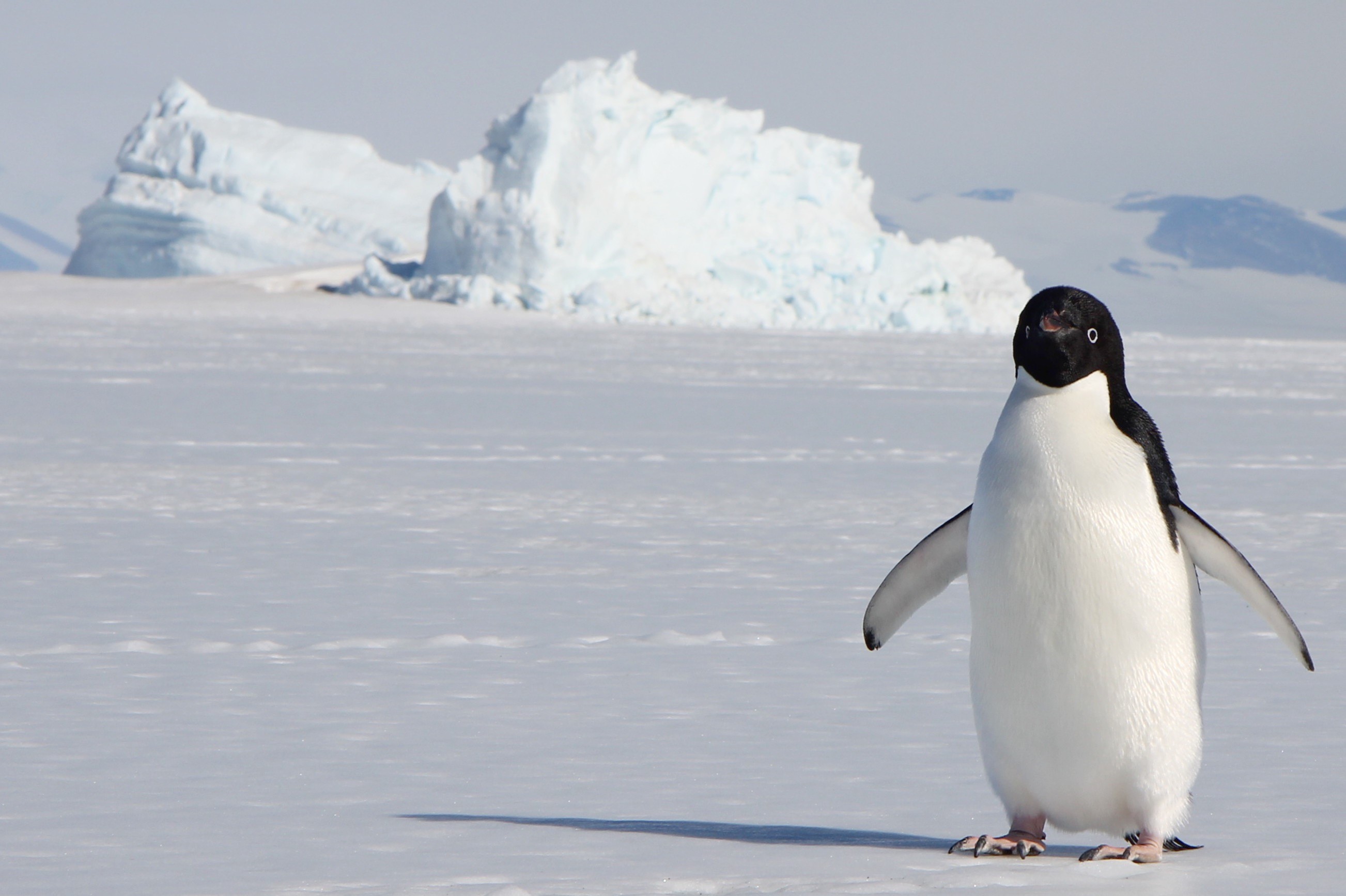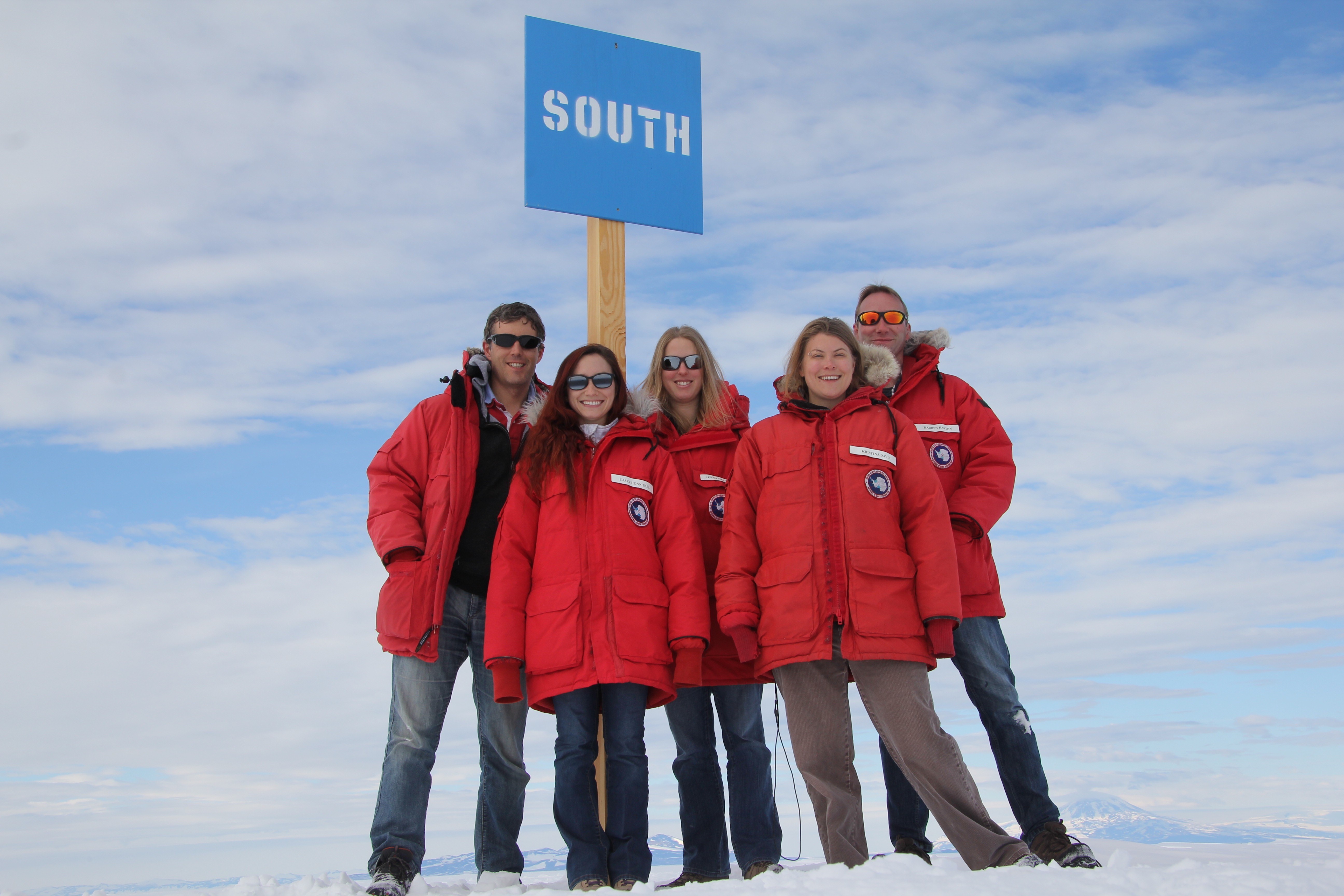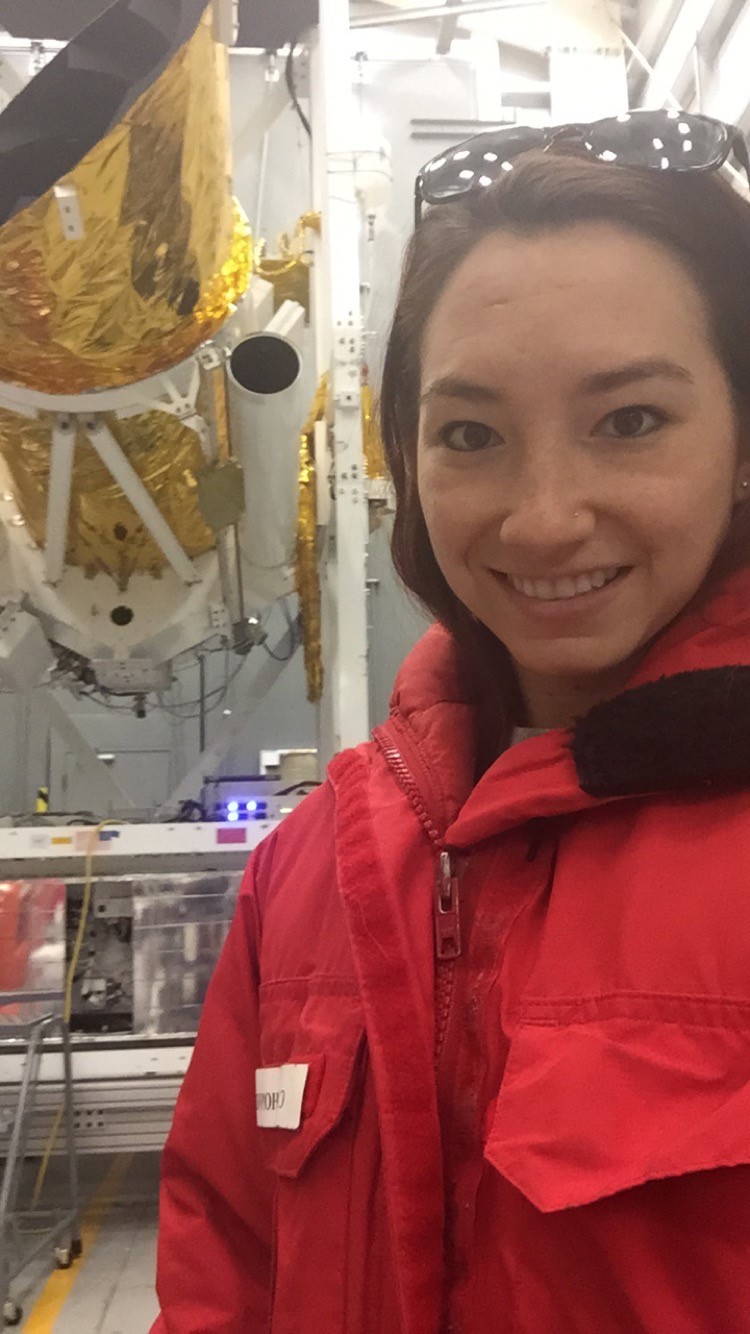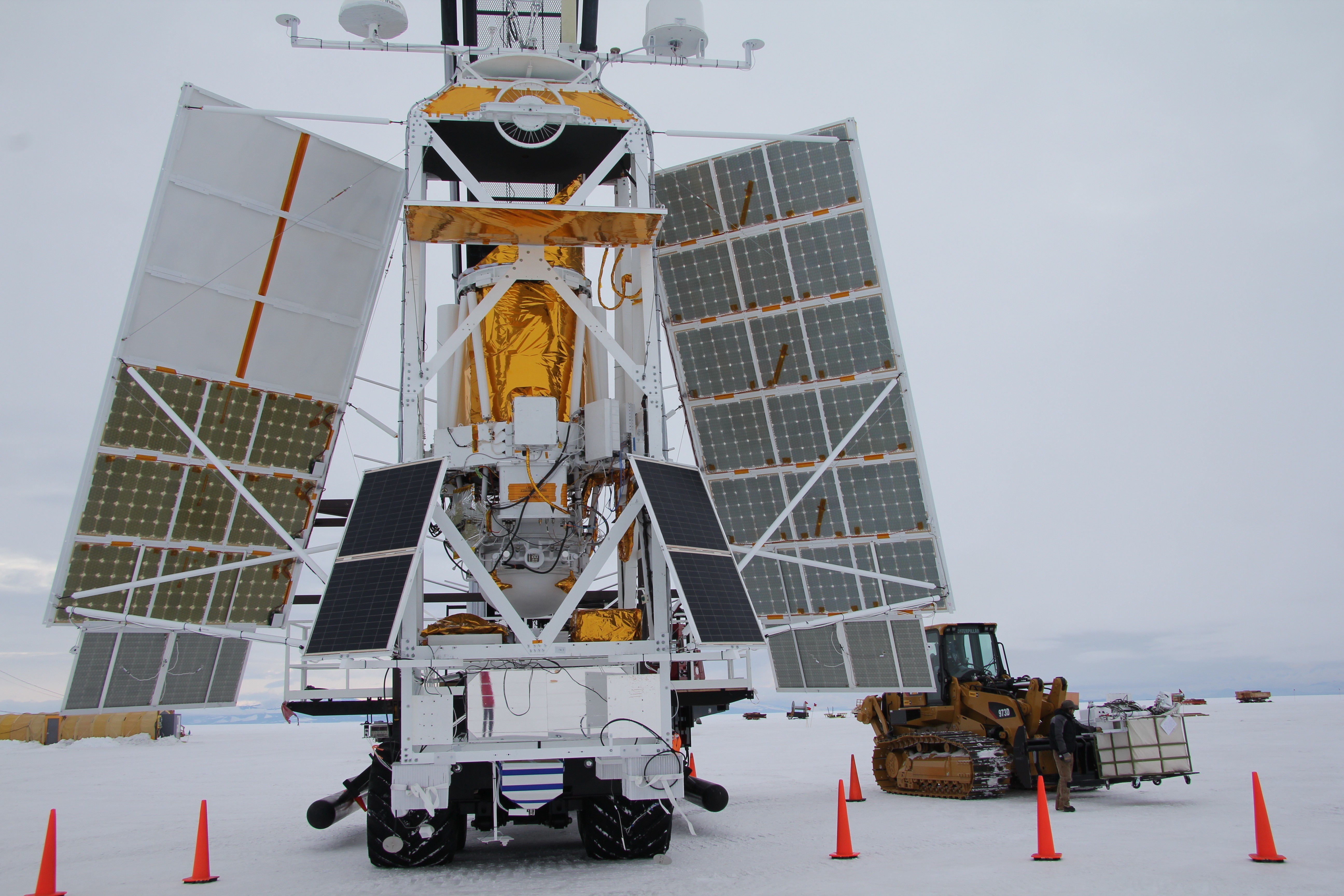Casey Honniball, 2014 UA Space Grant Intern, Travels to the Bottom of the World
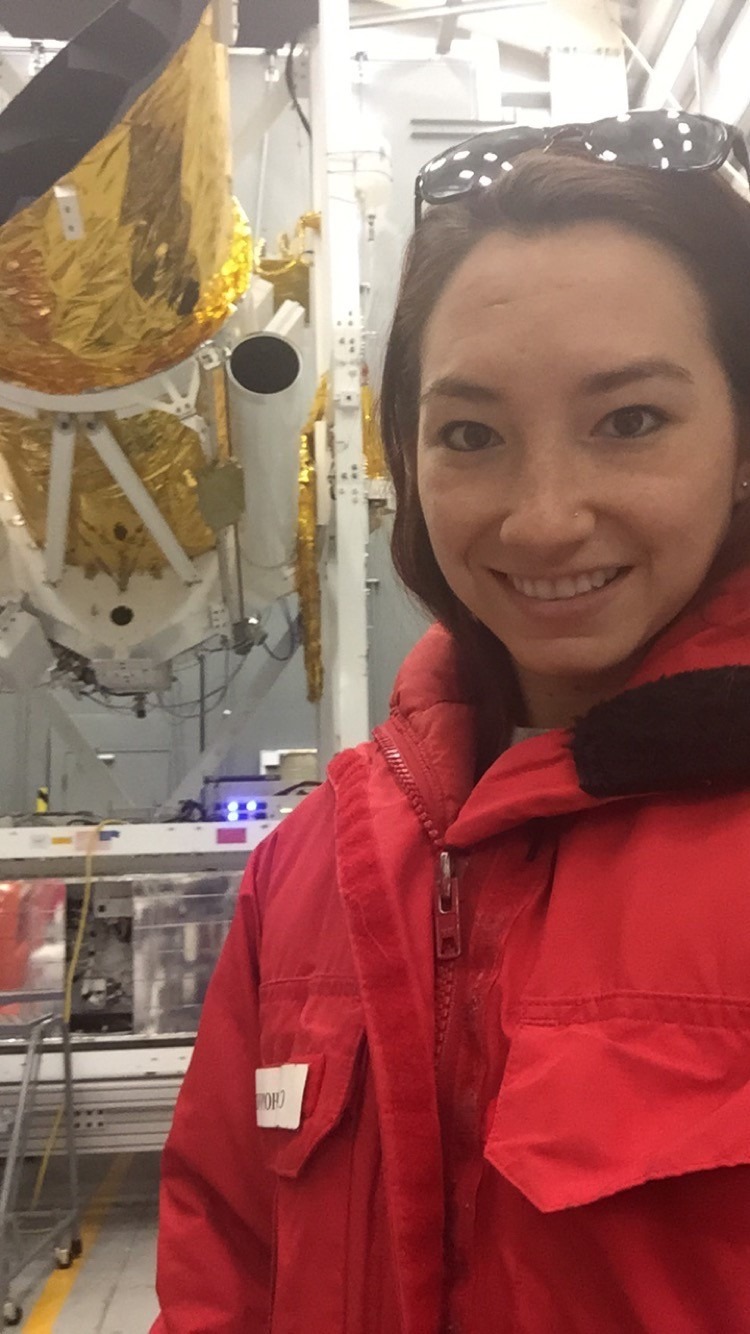
This past Antarctic summer, 2014 UA Space Grant Intern Casey Honniball and a group of scientists from the UA Steward Observatory Radio Astronomy Laboratory, Arizona State University, NASA Jet Propulsion Laboratory, SRON Netherlands Institute for Space Research, and Applied Physics Laboratory traveled to the bottom of the world to launch the Stratospheric Terahertz Observatory II (STO-2). STO-2 is a Long Duration Balloon (LDB) experiment studying the life cycle of the Interstellar Medium by observing carbon, nitrogen, and oxygen atoms. They launch from Antarctica for the anticyclone that sets up over the continent in December, where the counter-clockwise wind pattern keep the balloon afloat for long flights and brings the payload back around close to the launch site for easy recovery. After successfully completing integration of the instrument to the telescope, and testing all systems to ensure a working observatory, bad weather at the LDB launch site consistently spoiled launch attempts. By mid-January, the anticyclone began to dissipate causing the STO-2 launch to be rescheduled for the next Antarctic summer.
Adelie Penguin. Photo by Darren Hayton
Part of the STO-2 team at the South Pole of the LDB launch pad. Left to right: Jose Siles (JPL), Casey Honniball (UH/UA), Jenna Kloosterman (JPL), Kristina Davis (ASU), Darren Hayton (SRON)
Casey Honniball with STO-2
STO-2 Hang test. Photo by Jenna Kloosterman


